Bolikhamxay
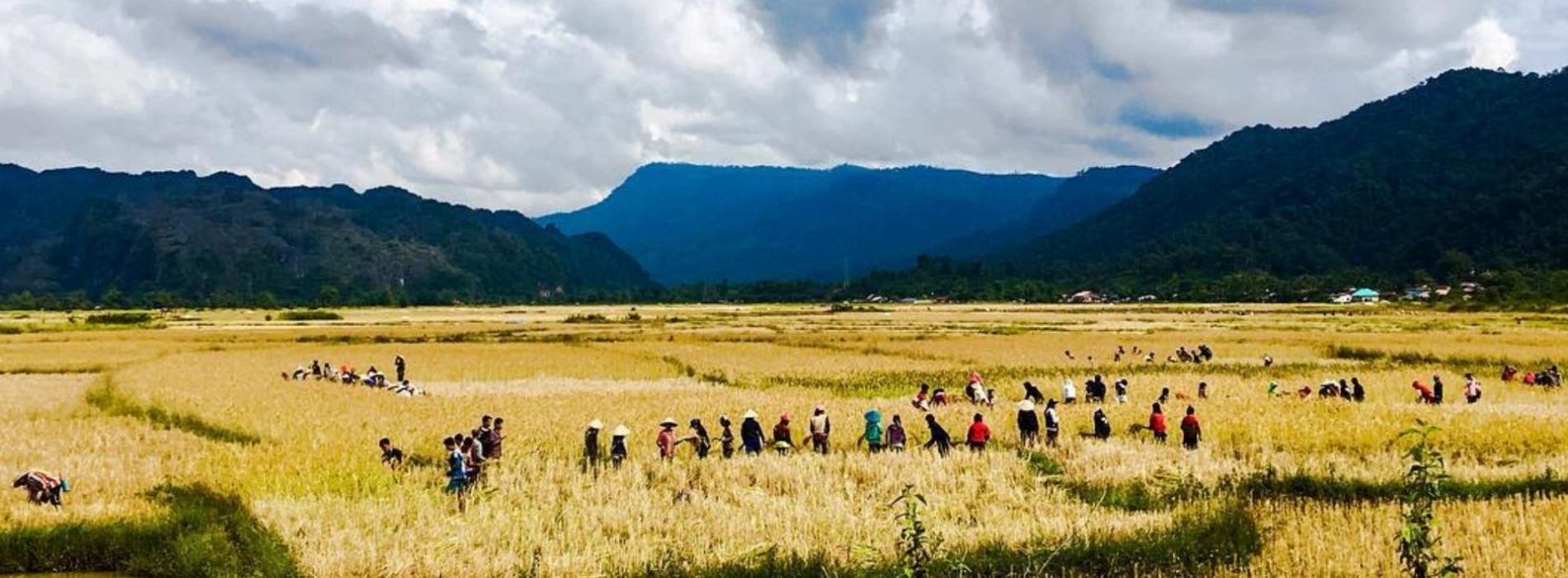
Bolikhamxay Province in Central Laos, located just south of Vientiane, is a hub of ecotourism with two national reserves and a vast wetland system. If you are a nature lover, this province is a destination not to be missed.
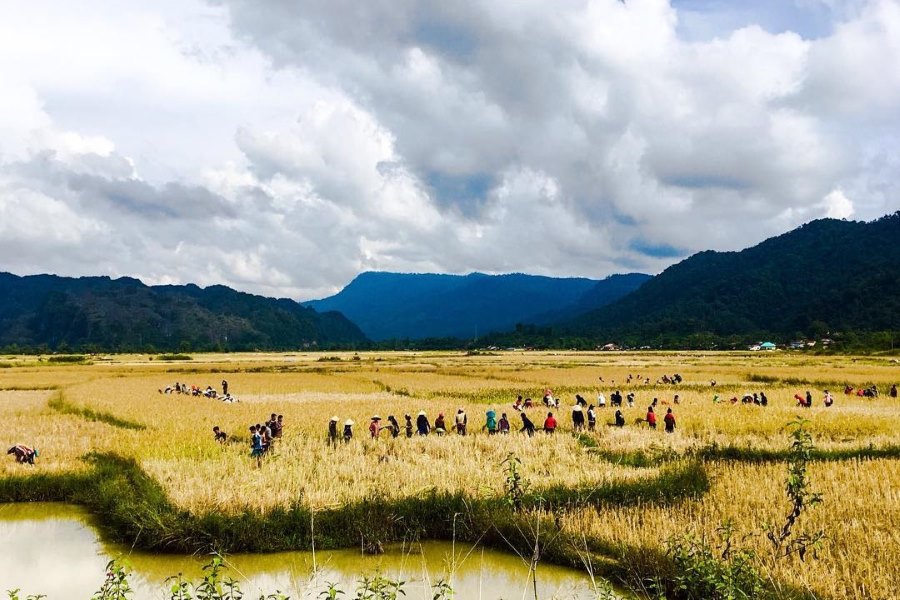
Bolikhamxay Province in central Laos (Cre: wwf)
The province has a strategic location in the East-West Economic Corridor via Highways 8A and 4B; it serves as the connecting point between Vietnam and Thailand. Throughout history, this land has experienced many wars of invasion with the Siamese.
Bolikhamxay Province was established in 1984 by separating parts of Vientiane and Khammouan Provinces. The province still preserves many historical and cultural relics, such as pagodas, temples, and traditional craft villages.
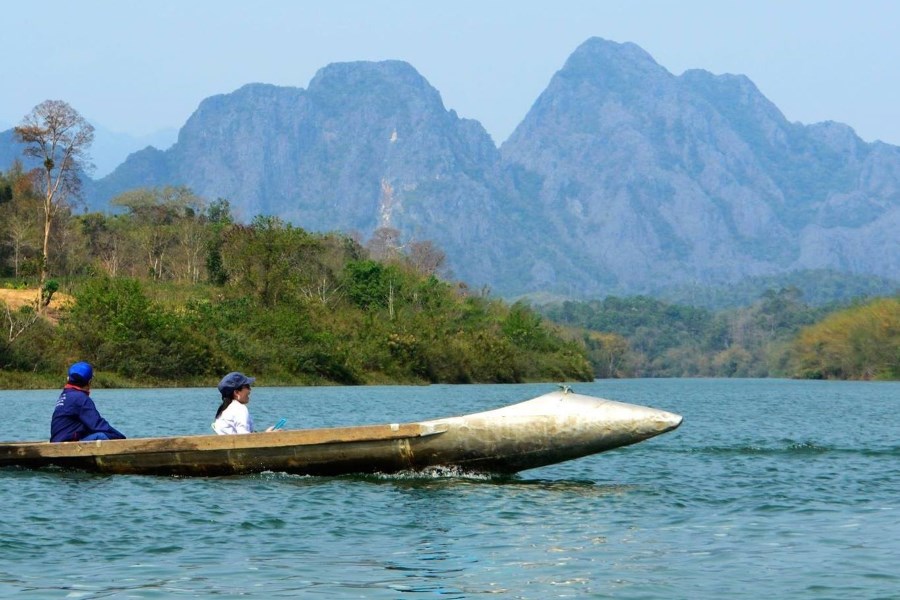
Bolikhamxay is a province with a long and rich history (Cre: Ecotourism Laos )
Read more: Laos excursions
Bolikhamxay is a province in central Laos, located about 150 km south of Vientiane. From Vientiane, it takes about 2 hours by car to reach Paksan, the provincial capital of Bolikhamxay.
Mountains rise in the east of this province, while the Mekong River flows along its western border. Between these mountains are rolling hills, fertile plains, and the Nakai Plateau, creating a beautiful landscape for tourists to explore.
Bolikhamxay’s mountains, forests, and access to the Mekong River make it a wildlife haven and a green tourism hotspot. This province has about six districts: Paksan (the capital), Thaphabath, Pakkading, Bolikhan, Viengthong, and Xay Champhone.
.jpg)
Location of Bolikhamxay province (Cre: Bolikhamxay tourism)
Visitors can travel by long-distance bus or self-driving car to Bolikhamxay province from different provinces of Laos. The road here is not too difficult but still limited in terms of transportation. You will not be able to fly directly to this province because there is currently no airport here. If you travel by plane, you can fly to Wattay International Airport in Vientiane and travel by other means to this province.
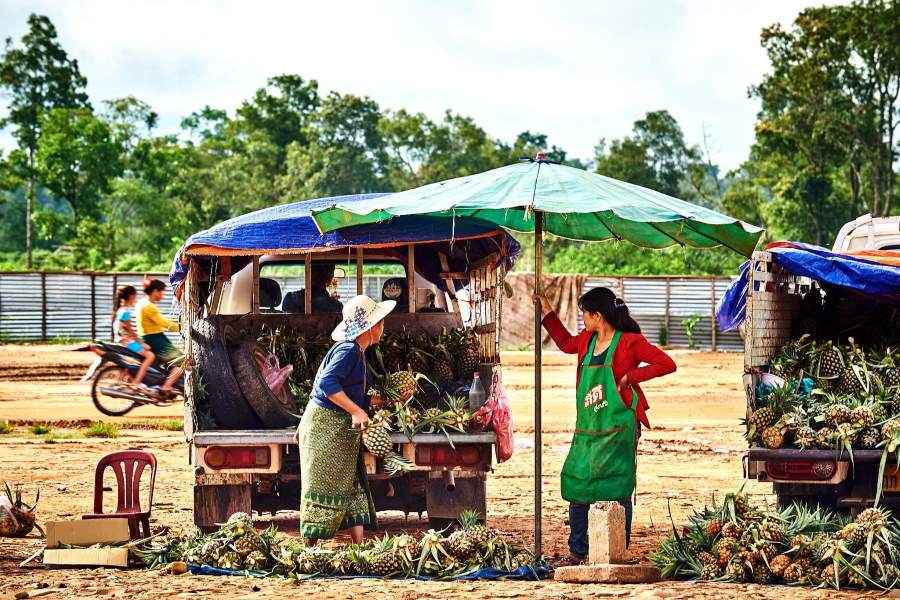
The road here is not too difficult but still limited in terms of transportation (Cre: Jenher Yong)
This province shares Phou Khao Khouay National Park, one of Laos' biggest protected areas, bursting with natural beauty since 1993. It covers a whopping 1,920 square kilometers.
Phou Khao Khouay National Park is a haven for biodiversity. Phou Khao Khouay National Park, shared by Bolikhamxay, boasts diverse wildlife. Here, trekkers have a chance to encounter endangered species like Asian elephants, banteng (wild cattle). This giant park, shared by Bolikhamxay, is perfect for trekking and nature lovers.
Within Bolikhamxay's Phou Khao Khouay National Park, cascading waterfalls like Tad Leuk and Tad Xay elevate the park's allure. These natural wonders attract eco-tourists seeking a refreshing encounter with the park's aquatic beauty. This makes it a great destination for tourists looking for eco-tourism adventures in untouched natural environments.

Phou Khao Khouay National Park (Cre: lndochina Charm Travel)
While Nakai-Nam Theun National Park extends into Bolikhamxay Province, its heart lies in Khammouane Province to the east. Established in 2019, it's one of Southeast Asia's last remaining wildernesses. Nakai-Nam Theun (4,270 square kilometers) boasts mountains, plateaus and tons of wildlife. Lush evergreen forests cloak the mountains, while the Nakai Plateau offers a unique ecosystem.
This national park is a haven for biodiversity. Other endangered species such as muntjac deer, Asiatic black bears and gibbons find refuge here. The park is also a birdwatcher's paradise, with the chance to spot hornbills, pheasants and kingfishers.
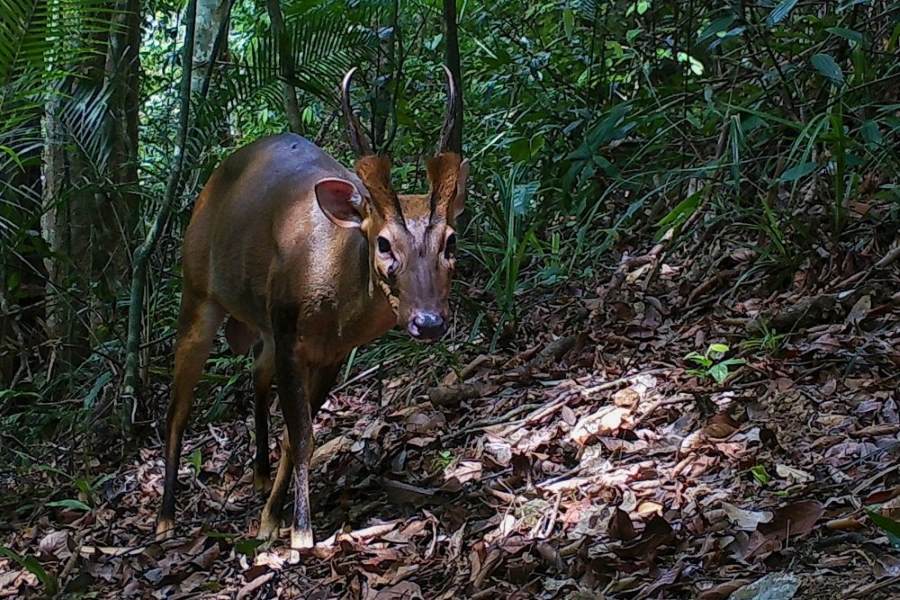
The Nakai-Nam Theun National Park (Cre: Rainforest trust)
Considered one of the most sacred temples, Wat Phabat is a pilgrimage site that visitors to Bolikhamxay cannot afford to miss. It is said that in the early 1990s, people discovered a Buddha footprint measuring 2.4 x 1.2 meters deep in the rock and built a temple here, named Phabath (Buddha's Footprint).
Year after year, pilgrims and tourists have covered Phabath with gold foil, making the Buddha's Footprint increasingly brilliant. Every year, on the 15th day of the first lunar month, the temple holds a festival to pay respect to Phabath.
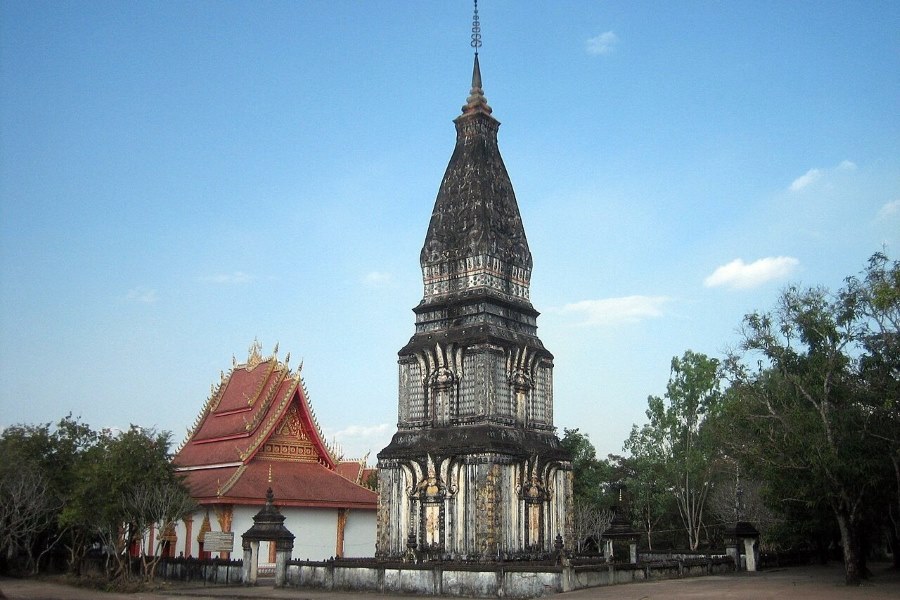
Wat Phabat is a pilgrimage site that visitors to Bolikhamxay cannot afford to miss (Cre: Wikimedia commons)
The weather is great year-round, but the coolest and driest months for exploring are from November to February. Temperatures hover around a pleasant 20-25°C, making it ideal for outdoor activities like trekking and sightseeing.
Additionally, pay attention to documentation and procedures, and prepare your belongings when traveling to Laos. Remember to check the weather and plan your itinerary carefully before you go.
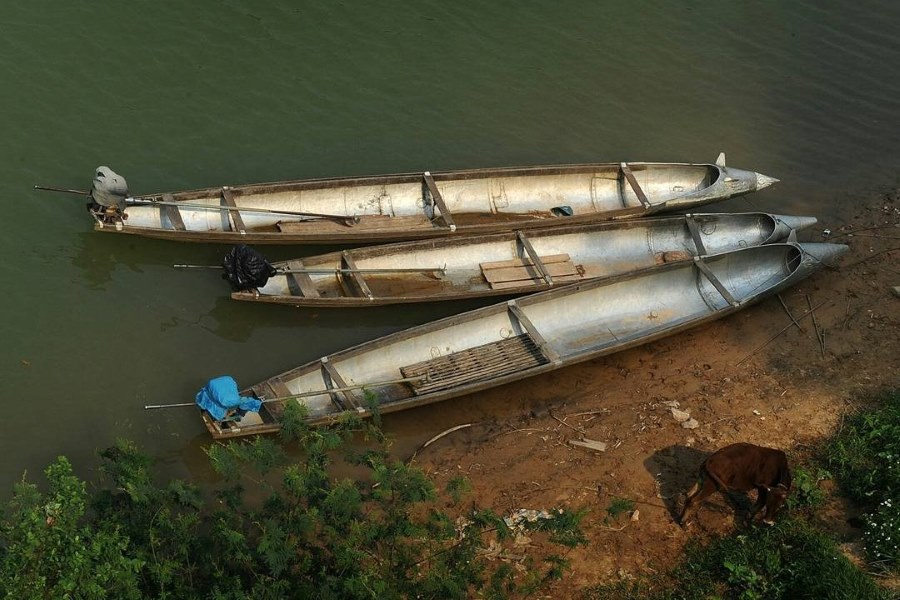
The weather is great year-round (Cre: photo291woo)
The majority ethnic group in Bolikhamxay, accounting for 60% of the population, is the Lao Lum. The remaining population consists of the Khmu and Hmong ethnic groups. Each ethnic group has its own customs and characteristics, such as traditional dances, festivals and music.
In essence, this province showcases the natural beauty and cultural richness of Laos, adding its own chapter to the country's national identity. Along with Khammouane and Savannakhet Provinces, Bolikhamxay Province is one of the main tobacco growing areas in Laos, as well as an important area for sugarcane and oranges.
Additionally, some traditional Lao handicrafts are still promoted and maintained by the people. In recent years, the economy of Bolikhamxay has grown.
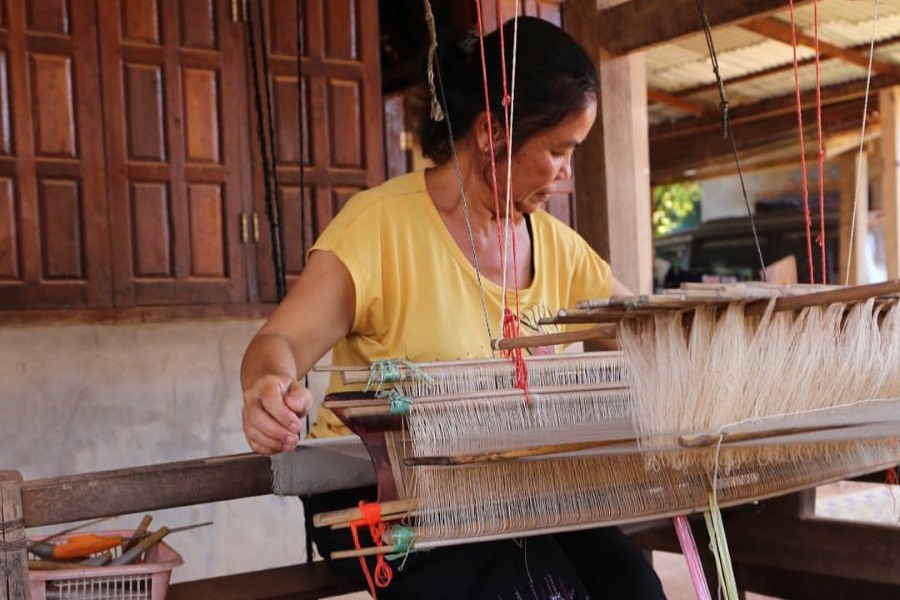
Bolikhamxay province is home to many ethnic minorities (Cre: naffix)
Bolikhamxay has a rich and unique cuisine. You can find traditional Lao dishes in this province at affordable prices. The dishes are a harmonious combination of fresh ingredients and unique cooking methods. Some of the specialties include khao nia, laap and mok pa. Due to its geographical location, Bolikhamxay cuisine is influenced by both Vietnamese and Thai cuisine, creating a rich and diverse cuisine.
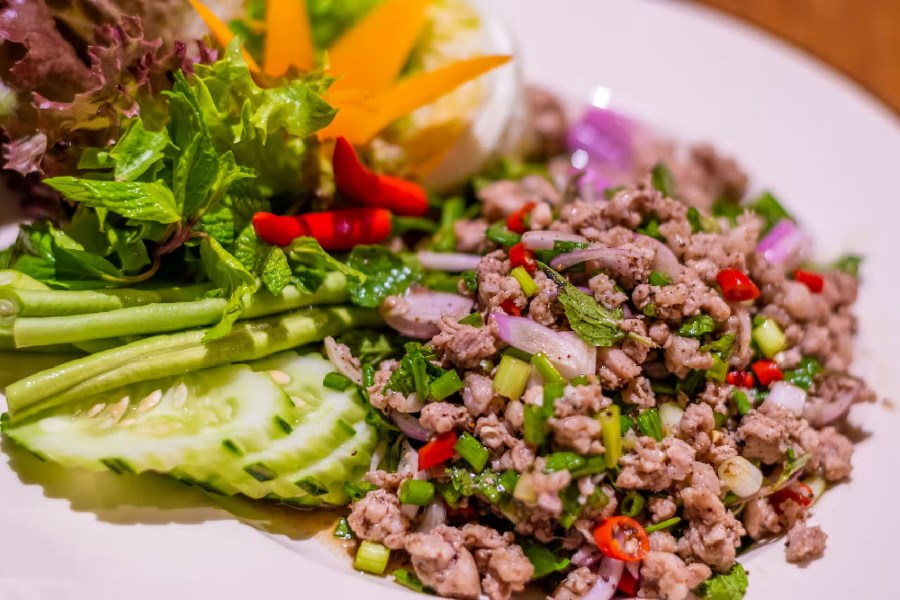
You can find traditional Lao dishes in this province at affordable prices (Cre: Asiatica Travel)
Bolikhamxay Province offers visitors a harmonious blend of nature and a peaceful atmosphere. With its diverse culture, cuisine and the warmth of its people, Bolikhamxay promises an unforgettable Lao experience.
Read more: Laos tours 20 days